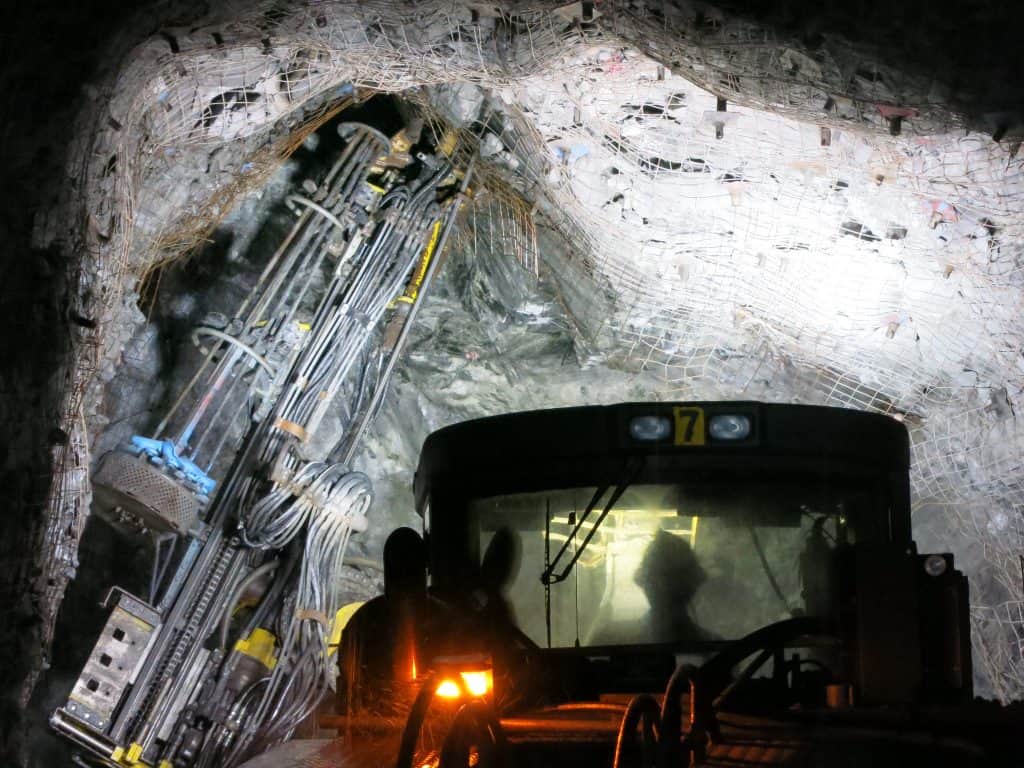
A Canadian research group has reported that technology could drastically reduce employment at mines around the world, with important implications for Minnesota. The International Institute for Sustainable Development says the mining industry is quickly following many other fields in finding new ways for robots, computers, big data, and other technological advances to make its operations cheaper and safer.
Such new and emerging tools pose economic problems for communities on the Iron Range, and throws into doubt how many jobs could be created at proposed copper-nickel mines.
The PolyMet proposal is predicted to create about 360 jobs at the mine, while the Twin Metals project near the Boundary Waters promises 650 jobs. Throughout the long public debate on the proposals, the prospect of new jobs in the region have been used to promote the project despite concerns of pollution from the mines.
A report last year from the International Institute for Sustainable Development called Mining a Mirage? (PDF) described how automated tools change mining in the near future. Several technologies such as driverless haul trucks, automated rock crushers, and automated boring and tunnel drilling systems are expected to become widespread within the next 10 to 15 years.
“The commodity price downturn seems to have accelerated the move towards automation as companies are looking to increase mining productivity while reducing spending on staff, capital and energy,” the report says.
The authors cite previous studies suggesting that fully autonomous equipment “would reduce the workforce of a typical open-cut, iron-ore mine by approximately 30 to 40 per cent” and that automation could reduce the number of operators of trucks, bulldozers, and drills needed in open pit mines by up to 75 percent.
Boundary Waters advocates and mining opponents Paul and Sue Schurke provided examples of how the trend is already underway elsewhere in the world in a recent commentary in the Star Tribune:
Four of Australia’s open-pit iron mines, along with an underground mine, are already automated. Robotic excavators dig the ore, driverless trucks move it out of the mine, driverless locomotives take it to processing. Mining giant Rio Tinto, sensing the shock waves this might send through its global workforce, is quick to note that some of the miners have been retrained to monitor this equipment — at a robotics control facility in an urban center 750 miles from the mines. One operator can monitor an entire fleet of trucks that run 24/7 with no need for lunch or bathroom breaks and no risk of on-the-job injuries.
All this adds up to fewer jobs and less benefit to local economies through spending and taxes.
“The impacts will be primarily in terms of lost local employment and personal income tax revenue, but will also come from reduced employment-related local procurement,” lead author Aaron Cosbey, a development economist at the International Institute for Sustainable Development (IISD), told mining.com last year.

